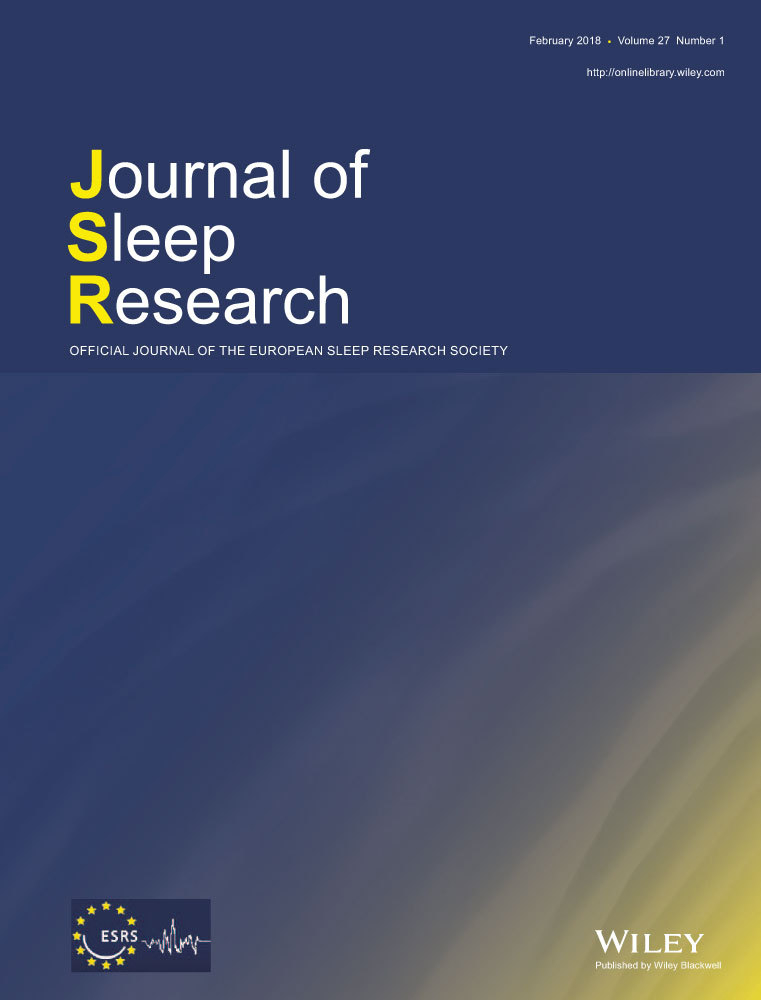Effects of signal artefacts on electroencephalography spectral power during sleep: quantifying the effectiveness of automated artefact-rejection algorithms
Summary
Electroencephalography (EEG) recordings during sleep are often contaminated by muscle and ocular artefacts, which can affect the results of spectral power analyses significantly. However, the extent to which these artefacts affect EEG spectral power across different sleep states has not been quantified explicitly. Consequently, the effectiveness of automated artefact-rejection algorithms in minimizing these effects has not been characterized fully. To address these issues, we analysed standard 10-channel EEG recordings from 20 subjects during one night of sleep. We compared their spectral power when the recordings were contaminated by artefacts and after we removed them by visual inspection or by using automated artefact-rejection algorithms. During both rapid eye movement (REM) and non-REM (NREM) sleep, muscle artefacts contaminated no more than 5% of the EEG data across all channels. However, they corrupted delta, beta and gamma power levels substantially by up to 126, 171 and 938%, respectively, relative to the power level computed from artefact-free data. Although ocular artefacts were infrequent during NREM sleep, they affected up to 16% of the frontal and temporal EEG channels during REM sleep, primarily corrupting delta power by up to 33%. For both REM and NREM sleep, the automated artefact-rejection algorithms matched power levels to within ~10% of the artefact-free power level for each EEG channel and frequency band. In summary, although muscle and ocular artefacts affect only a small fraction of EEG data, they affect EEG spectral power significantly. This suggests the importance of using artefact-rejection algorithms before analysing EEG data.




